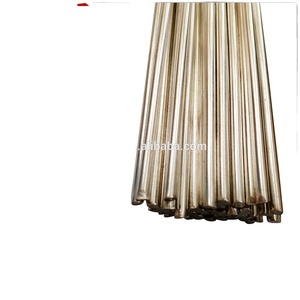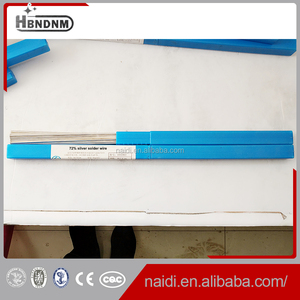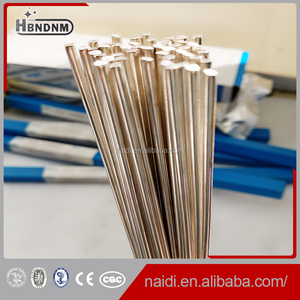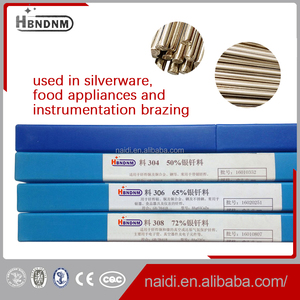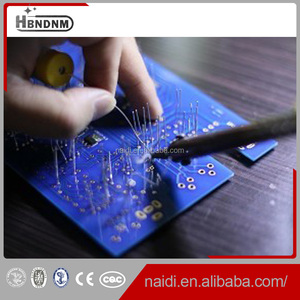Introduction to Solder Eutectic
Solder eutectic is a critical element in the field of electronics manufacturing and assembly. It refers to a specific type of solder that melts and solidifies at a single temperature, making it ideal for various applications in joining metals. This unique characteristic helps to create reliable and conductive joints, which are essential for the integrity of electronic circuits. The primary alloys used in solder eutectic include tin-lead (Sn-Pb) and lead-free alternatives, each designed to meet specific industry standards while ensuring optimum performance.
Types of Solder Eutectic
There are several types of solder eutectic available, tailored for different applications in electronics and manufacturing:
- Sn-Pb Eutectic Solder: The classic solder consisting of 63% tin and 37% lead, which melts at 183°C. It's favored for its excellent thermal and electrical conductivity.
- Lead-Free Solder Eutectic: A mixture of tin, copper, and silver, often used in compliance with environmental regulations, melting at a higher temperature, typically around 217°C.
- High-Temperature Eutectic Solder: Formulated for applications requiring prolonged exposure to high temperatures, offering stability and robust performance under stress.
- Low-Temperature Solder Eutectic: This type is designed for heat-sensitive components, melting at lower temperatures to reduce thermal shock.
Advantages and Applications of Solder Eutectic
Solder eutectic has a range of advantages and is widely used across various industries:
- Consistent Melting Point: The fixed melting point ensures reliable soldering operations, preventing damage to components.
- Excellent Conductivity: Both thermal and electrical conductivity make solder eutectic an ideal choice for electronic assemblies, enabling efficient signal transmission.
- Versatile Applications: Commonly employed in PCB assemblies, automotive electronics, and household appliances, solder eutectic is foundational in modern manufacturing.
- Enhanced Reliability: Eutectic solder joints are highly reliable, ensuring long-term performance in various operating conditions.
Function and Feature of Solder Eutectic
The core functionality of solder eutectic lies in its ability to create high-quality joint connections. Some key features include:
- Fluency: It flows easily into solder joints, ensuring thorough wetting and bonding between metals.
- Low Surface Tension: This characteristic allows for finer details in circuit boards and reduces the risk of solder bridging.
- Mechanical Properties: After solidification, solder eutectic exhibits excellent mechanical strength, which is crucial for sustainable joint integrity.
- Compatibility: Eutectic solder can be applied to various metals, including copper, aluminum, and gold, increasing its usability across applications.











































